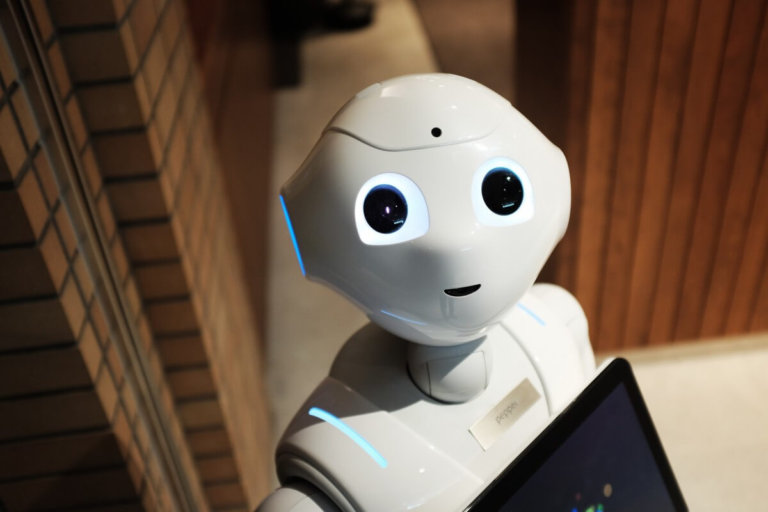
Few would bat an eyelid over a student missing school due to a fever or an injury, but the situation gets tricky for chronically sick children missing school for an extended period. They don’t just miss out on their studies but also a sense of normality by being out of their normal routine.
The American Academy of Pediatrics (AAP) notes: “Chronic absenteeism often is defined as missing 10 percent (around 18 days) of the entire school year for any reason, including excused and unexcused absences and suspensions.”
It adds: “Regardless of whether absences are unexcused or excused, chronic absenteeism puts students at risk for poor school performance and school dropout. As a result, they are at risk for unhealthy behaviours as adolescents and young adults as well as poor long-term health outcomes.”
Meanwhile, a study by the Australian Research Alliance for Children and Youth (ARACY) found that students who missed school for an extended period suffer both socially and academically, reported The Educator. As many as 60,000 Australian students experienced “significant absence” from school, while schools also “lacked a cohesive mechanism to combat this issue”.
But technology can be a lifesaver when it comes to bridging the gap in helping students who can’t be physically present in school keep up with their school work – and benefit from some semblance of social life.
Telepresence robots: The eyes, ears and legs of vulnerable students
Peyton, 10, has cancer and can’t attend her school. But her robot can. https://t.co/R3dNfoLImj
— The Washington Post (@washingtonpost) November 29, 2015
In the popular sitcom Modern Family, the character Phil Dunphy makes virtual appearances at home despite being at a remote location via a telepresence robot – think of an iPad on a pole, moving around on a small Segway – for special family events.
While he does so with an air of comic relief, on a more serious note, this is actually happening in some schools in the US where such robots act as the eyes, ears and legs of students who can’t be physically present in school.
Back in 2015, The Washington Post reported that 10-year-old Peyton Walton, who at the time of the report had a rare form of cancer, would control a telepresence robot remotely to connect her to classes she couldn’t attend. With the robot, Peyton joins the days activities, talks to teachers and navigates her classroom, while her face shows in real-time on the iPad screen at her school in Montgomery County, Maryland.
“For Peyton, the two-way robot system gives her a greater sense of normalcy, a stronger connection to friends, more focus on the familiar rhythms of childhood that preceded her whirl of medical treatments. The experience is being studied by officials in Montgomery County, where the technology has become a pilot programme,” said the report.
Last year, the Hogan administration authorised the Maryland State Department of Education (MSDE) to process US$15,000 technology grants for each local school system, according to a news release. The programme provides funds for the purchase of remote classroom technology.
There are many other examples of telepresence robots being used in classrooms to help students study remotely.
Robot ‘double’ allows sick students to attend school, see friendshttps://t.co/88QcRiAq4w pic.twitter.com/FDlB5GZd2U
— The Bookshelf Cafe (@MeetTheAuthor) February 28, 2018
Last year, The Philadelphia Inquirer reported that Jilly DeStephano, 12, who has an exhausting chronic medical condition, mitochondrial disease, had also used a telepresence robot to keep up with school in Octorara Intermediate School in Atglen, Chester County.
Jilly has been coping with her illness since she was much younger and sometimes feels too tired to go to school. Her school asked if she would like to test out the robot and her family happily obliged.
While the use of telepresence robots can bring up issues such as privacy and security of students in schools, in addition to cost concerns, the examples above suggest they can offer a useful solution for schools and families looking for ways to help vulnerable students keep up with their studies.
Whether it catches on to other parts of the world remains to be seen, but it certainly acts as a platform that can help kids feel socially connected.
Liked this? Then you’ll love…
The entrepreneurship curriculum is catching on in schools around the globe
New study demonstrates the danger of normalising social media in the classroom







